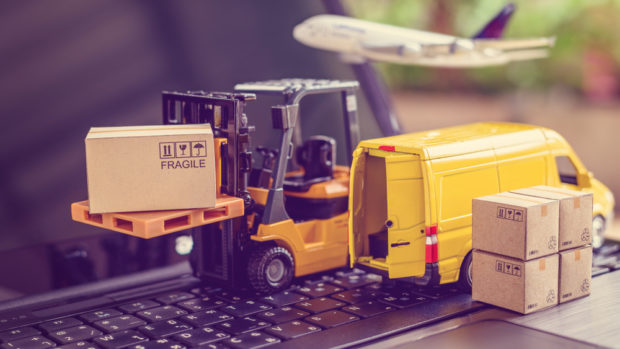
With reverse logistics costing UK retailers an estimated £60 billion and producing 24 million metric tonnes of CO2 every year, returns are fast becoming a thorny subject for ecommerce companies.
The pandemic accelerated online shopping and returns, giving rise to “repeat return offenders” who habitually buy and return multiple items, often with no intention of keeping them. While retailers like ASOS have implemented return fees to curb this behaviour, this risks alienating customers and doesn’t solve the “refurbishment tax” – the cost of preparing returned items for resale, which can reach up to 20% of the original price.
UK retailers will soon have to make some difficult decisions to navigate through this uncertain landscape. Rather than relying on a blanket approach (i.e., charging every customer to make a return), companies should consider adopting nuanced, data-driven strategies to ensure customers feel they’re getting a more personalised returns offering. With a targeted approach, businesses can transform habitual returners into loyal, repeat shoppers.
A data-driven approach
Retailers must make returns seamless and simple for all of their customers. But this doesn’t mean that a ‘one-size-fits-all’ approach is the best way forward – a lack of compromise might further discourage future purchases and damage customer loyalty. Luckily, there are plenty of alternatives for retailers to consider.
Rather than requiring paid returns for all customers, retailers should consider implementing them only for frequent returners, as ASOS has done. This method could discourage “try, buy, return” behaviour without the risk of losing business for first-time customers or loyal customers that make lots of purchases but hardly any returns.
Alternatively, retailers could consider implementing loyalty programs that offer free returns in exchange for a flat monthly or yearly fee, enhancing profitability without taking the option of free returns away completely. This can keep margins high while retaining the option of free returns for customers who would not make purchases without it.
Another data-driven approach is to set a minimum value order for all customers to generate the revenue to recoup any losses made by offering free returns. eCommerce sites can direct consumers to multibuy offers and other recommended products throughout the shoppers’ journey, so the customer can take advantage of good deals while meeting the minimum cost, ensuring maximum value for all parties.
Weathering the storm with strong CX
CX is an integral part of the returns puzzle: good CX and clear product information can reduce the rate of returns, and if customers do need to make a return, a positive returns experience (even if they are being charged) makes a customer more likely to purchase again.
In some cases, good CX can prevent returns from happening in the first place: e-commerce retailers that are consistent about quality, size and fit, and ensure that each product page contains detailed sizing charts with standardised measurements, are less likely to see items sent back. Additionally, retailers can implement AR virtual try-ons to give customers a better idea of what their purchase will look like, helping them to shop smarter.
That being said, sometimes returns are inevitable. If retailers are going to implement fees for high-returns customers, CX is still a crucial part of this journey – especially as four in five consumers say they’d never return to a retailer after an unpleasant returns experience. Retailers must provide strong CX to ensure customers understand the changes to their policies.
For high-returns customers that will now be charged to send items back, CX teams must be briefed extensively on new changes to the customer journey, ideally being given clear boilerplate responses to anticipated consumer queries. While it’s understandable that some consumers will not be happy with being charged for a previously-free service, remember that CX agents will be taking the brunt of this upset, and should be prepared accordingly to set expectations and offer reasonable alternatives when servicing shoppers. Retailers can support returns CX further by adding self-service options, such as chatbots, who can field basic queries and offer fair alternatives to paid returns, freeing up human agents to tackle more complex queries.
Don’t let returns stop customers from returning
Whatever form they might take, returns will always be an integral feature of the eCommerce model. While returns fees are now necessary for some businesses to maintain profit margins, a blanket approach won’t help maintain customer loyalty in the long term. Targeted, data-driven approaches will instead enable retailers to continue providing excellent service and value to customers,without severely impacting their own margins.








Share